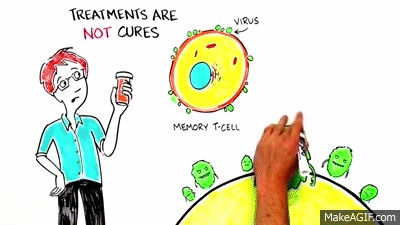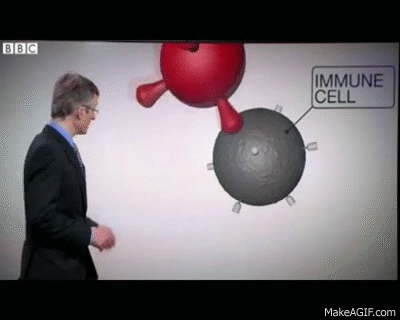In 1988, more than thirty years ago today, the first World AIDS Awareness Day was established. At that time, testing positive for HIV was essentially a death sentence. World AIDS day is a day to show support for people living with HIV, to commemorate those who have died, and erasing the stigma behind it.
With more public figures speaking out about their diagnosis, it helps to shed awareness on HIV/AIDS; what can be done, how you can help, and where to go for support.


We’ve come a long way in the battle against HIV/AIDS. If diagnosed early, patients (with access to a regimen of antiviral medications and treatments) can live a normal lifespan.
But there’s still no cure. Recent research has focused on the idea of a “functional cure”; meaning that HIV still exists in the body but at such low levels it can’t be detected by a blood test, be passed to someone else, or make one sick.
The search for a cure found new life in 2008 thanks to the case of the “Berlin Patient”, Timothy Ray Brown. Brown was HIV positive. He received a stem cell transplant for leukemia from a person naturally immune to HIV. Only three months after the first transplants, his HIV levels plummeted to almost undetectable levels. Today, Brown is considered cured of HIV. While Brown’s case indicates a cure may be possible, the exact method used on him was unique. The chemotherapy from his cancer treatment destroyed many of the infected cells. But the potentially fatal transplant complications mean that the procedure could not be performed on others with HIV.

Today in honor of World AIDS Day we’re examining some of the most promising possible AIDS cures.
“Shock and Kill” HIV

Even after treatment reduces HIV in the blood to a level where it can’t be detected and causes no harm, the virus lays dormant and hides in infected cells. The inactive virus is “invisible” to the immune system, so if someone stops treatment, HIV can come back. One method that could result in a cure is nicknamed “Shock and Kill” where drugs are used to “wake up” the hidden HIV. Once the virus is active, it can be killed by antiviral drug treatment and/or by priming the patient’s immune system.
Gene Therapy

A team out of Seattle is starting clinical studies with infected people to destroy HIV using stem cells and genetic engineering. A patient’s own blood stem cells are extracted and altered in the lab, so that they are resistant to HIV infection. Then they are reintroduced back into the test subject’s body. Over time, those altered cells will multiply, and the patient will slowly build an immune system that is resistant to the virus. Those patients might still have a small reservoir of dormant HIV, but their bodies would be able to regulate the infection to the point of no longer needing anti-viral drugs.
A Therapeutic Vaccine

Because the HIV hijacks the immune system itself, and because it mutates at a quick rate, specifically tailored vaccines have been ineffective. But a new therapeutic vaccine, meant to be given as treatment to those who already have HIV/AIDS, is showing promise. In Oregon Dr. Louis Picker has cured a number of monkeys infected with the simian equivalent of AIDS by using a vaccine based on a virus called Cytomegalovirus (CMV).
CMV is a common cold-herpes virus that most people are already infected with, but it has few symptoms. However, it provokes a powerful response from the immune system. Picker’s treatment involves inserting bits of HIV into CMV and introducing the mix into a patient’s body. The immune system reacts by creating potent antibodies that recognize HIV as an immediate threat. Dr. Picker explained it this way, “In effect, we help better arm the hunters in the body to chase down and kill an elusive viral enemy.”
These possible cures are encouraging, but the theme for World AIDS Day 2015 is “On the Fast-Track to end AIDS,” through prevention, treatment, and education. Discover more, and find out how you can join the worldwide battle against AIDS at UNaids.org/wad2015.